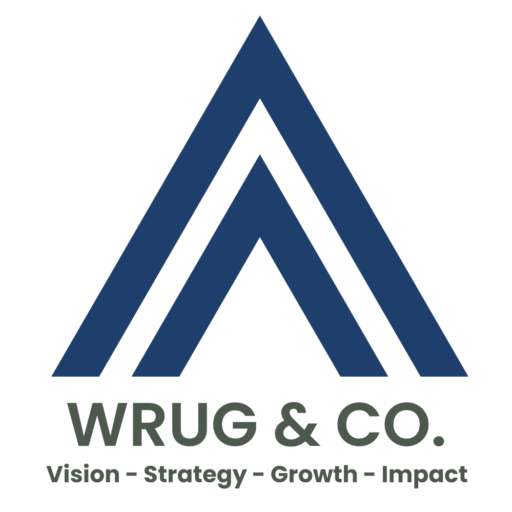A great culture is not easy to build — it’s why high performing cultures are such a powerful competitive advantage… More and more organizations are beginning to realize that culture can’t be left to chance. Leaders have to treat culture building as an engineering discipline, not a magical one.
Lindsay McGregor & Neel Doshi, cofounders, Vega Factor
Takeaways of Note:
Maximize good motivations thru…
Play – we work because we enjoy it… tied to curiosity, experimentation, & exploring challenges.
Purpose – we work because we value the impact… the direct outcome of the work fits our identity.
Potential – the work enhances our potential… the outcome of the work benefits our identity
Indirect motives tend to reduce performance…
Emotional pressure – we work because an external force threatens our identity …i.e. fear, peer pressure, shame; (this motive is completely separate from the work itself)
Economic pressure – an external force makes us work …i.e. to gain reward or avoid punishment; (motive is separate from the work itself, AND separate from our identity)
Inertia – the motive is so far removed from the work & our identity that we can’t identify why we’re working (still doing the activity, we just can’t explain why)
Processes can maximize total motivation:
1- how roles are designed… in the authors’ survey, badly designed role resulted in motivation scores as low as almost -40, whereas a well designed role resulted as high as almost 50
2- identity of organization… including mission & behavioral code
3- career ladder in organization… stack-ranking or rating Team against each other will increase emotional & economic pressure, reducing total motivation & performance
Leaders can improve motivation by:
1- Holding regular reflection huddles with your team
3- Considering how team’s roles are designed… does everyone have a space to play and have the opportunity to witness the impact of their work?
2- Explaining the why behind the work of your team


